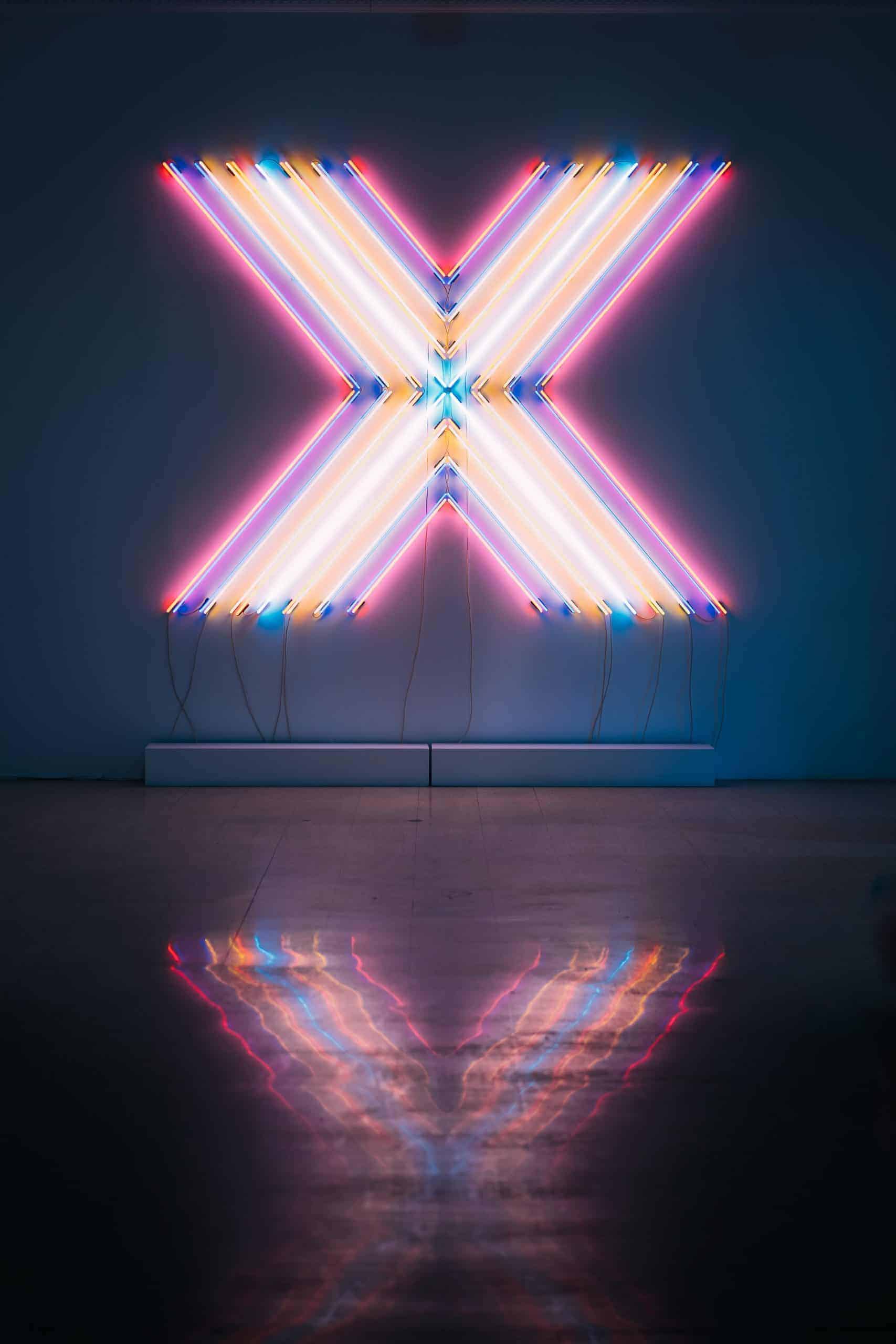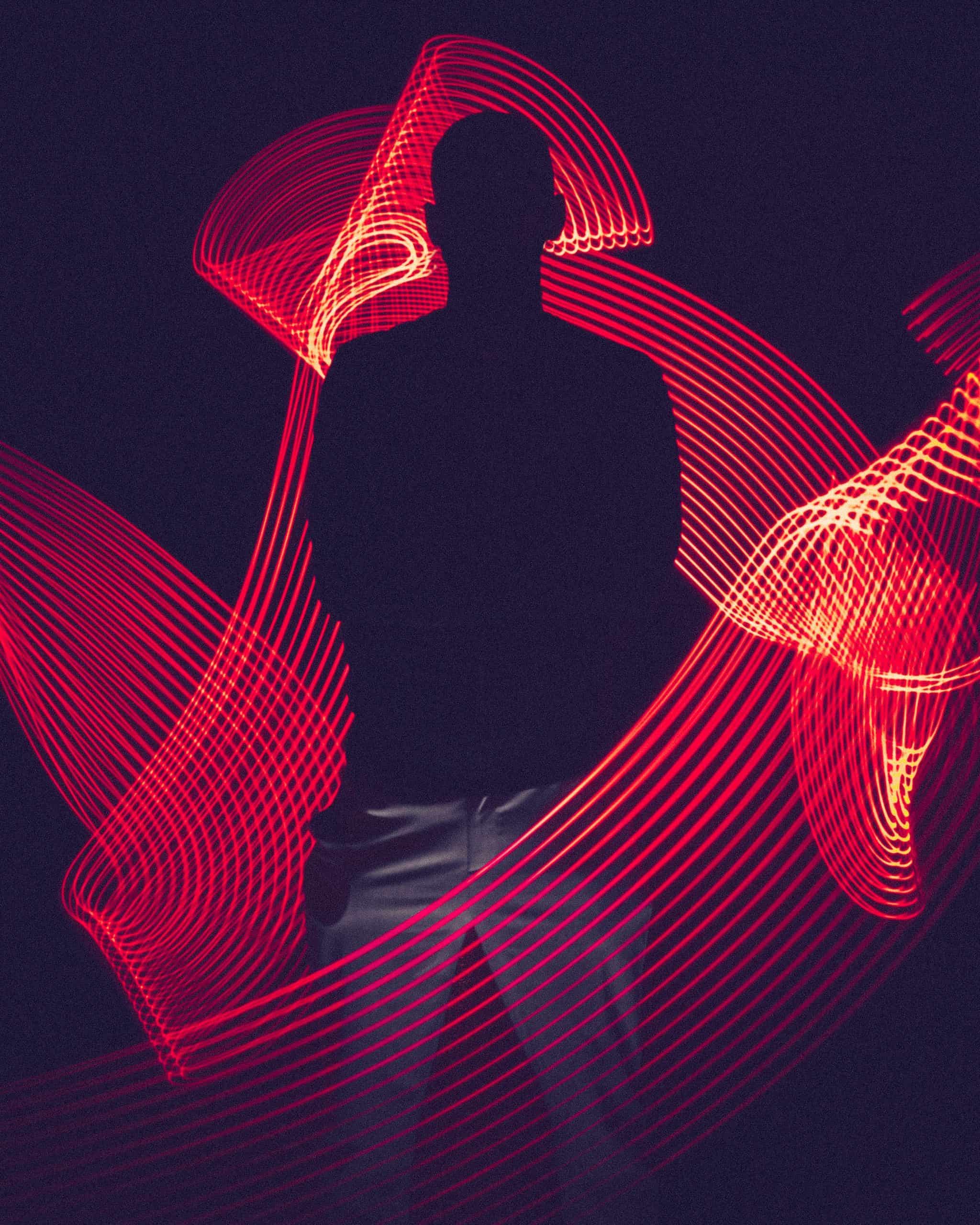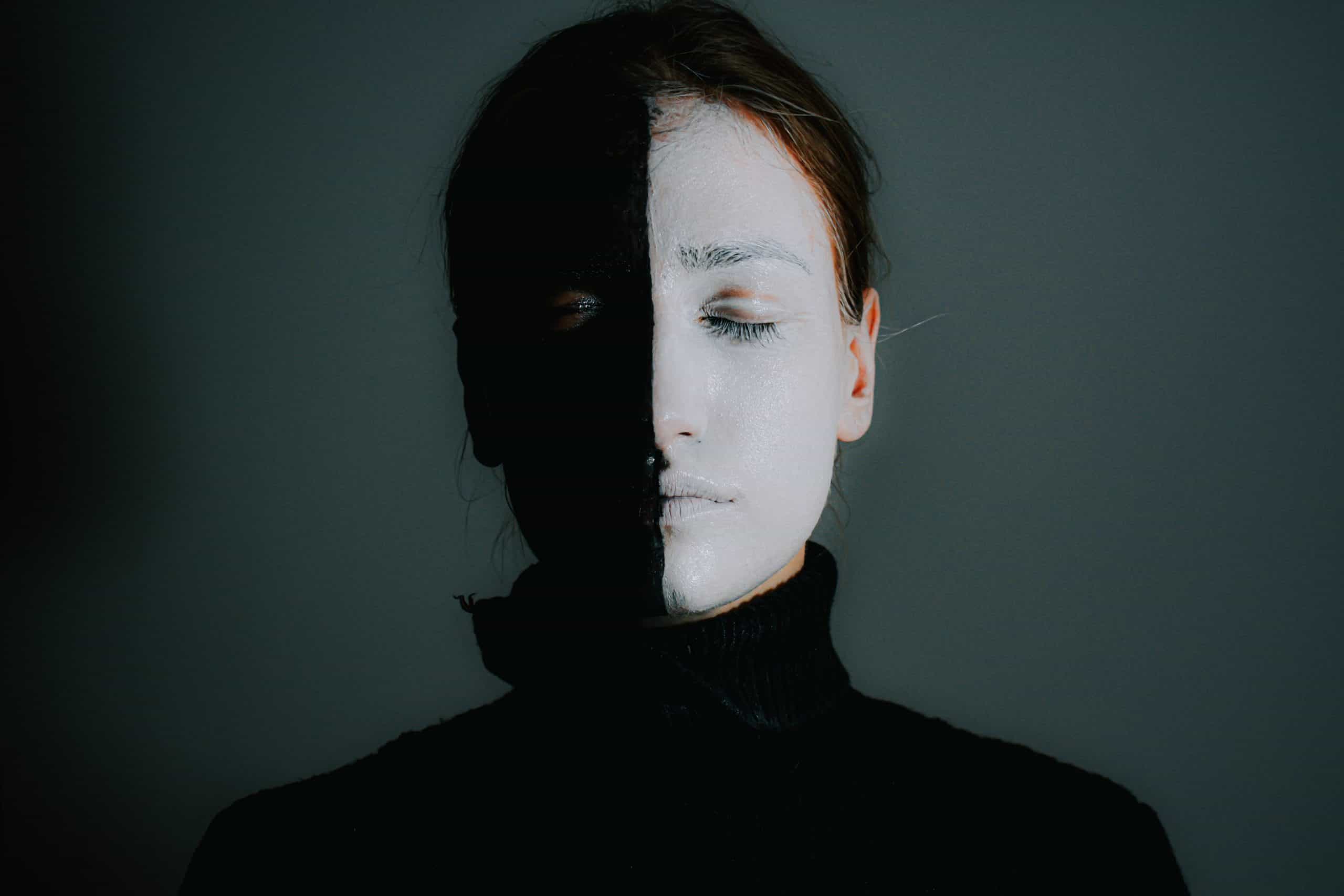Ever wondered about the influence of Colour Psychology in your digital interfaces? Whether an app, a website, or a digital advertisement, colour choice plays a critical role in the user experience. Let's explore how.
"The psychology of colour as it relates to persuasion is one of the most interesting — and most controversial — aspects of marketing." -Gregory Ciotti
Colour psychology refers to the study of hues as a determinant of human behaviour. In digital interfaces, it can significantly affect users' feelings, attention, and actions. It's not just about what looks good, but also about how colours can make users feel and behave.
- Do red shades trigger urgency or offer a warning sign?
- Why do many financial apps use blue as a dominant colour?
- What makes green a preferred choice for sustainable or eco-friendly brands?
Digging deeper into the realm of web interfaces and colour psychology, we unveil these questions. Just like in the real world, colours in the digital sphere send out powerful messages that can alter user experience subtly or drastically. Let's take a journey together into the colour wheel, discovering how colours impact user experience in digital interfaces.

Understanding the Influence of Colour Psychology
Colour psychology is the study of how hues can influence human behaviours. Its impact on our emotions and decisions has been recognised in marketing, branding, and yes, even in determining user experience in digital interfaces. Colour directly affects our physiological state, influencing our perceptions of the world around us to the extent it even alters our heart rate!
Allow us to make it even clearer. Imagine you're seeing a red button or a green button. The red one instinctively makes you stop, while the green one signals you to "go ahead". That's colour psychology in action, subtly playing with your decisions while online.
Moving onto digital interfaces, different elements like buttons, links, and backgrounds use varying colours not just for aesthetic appeal, but to guide users and influence their actions as well. It's not a claim pulled out of thin air, but backed up by data and results from various studies.
"Colours have a profound and subliminal effect on decision-making during the user experience journey."
Now, let's dissect the influence of different colours in the digital arena.

Red
Red, typically associated with urgency and importance, is often employed in warnings, errors, and important notifications. It provides an instant visual prompt that's hard to ignore. However, using it excessively might result in anxiety.
Blue
Blue exudes tranquility and trustworthiness. This is probably why most social media interfaces predominantly use blue. It's calming and helps reduce users' stress levels, making them feel safer and more at ease.
Green
Famously related to nature, growth, and harmony, green initiates a sense of relaxation and is often associated with positive actions like "Agree" or "Go". It’s a colour that, when used correctly, can make a website feel environmentally friendly or organic.
Colour Psychology
There's a whole palette out there brimming with meanings and effects, but we hope you're starting to understand the impact of colour psychology on user experience in digital interfaces. Balancing the use of colours is crucial, not just for aesthetic coherence, but to evoke the right emotions and actions from users.

